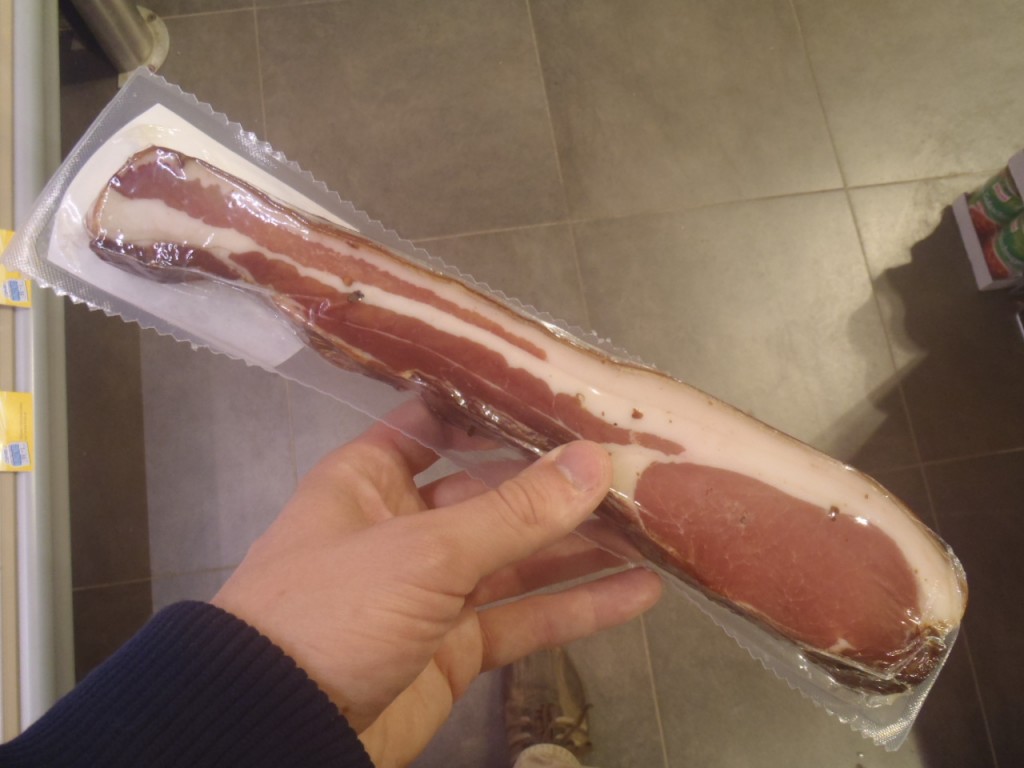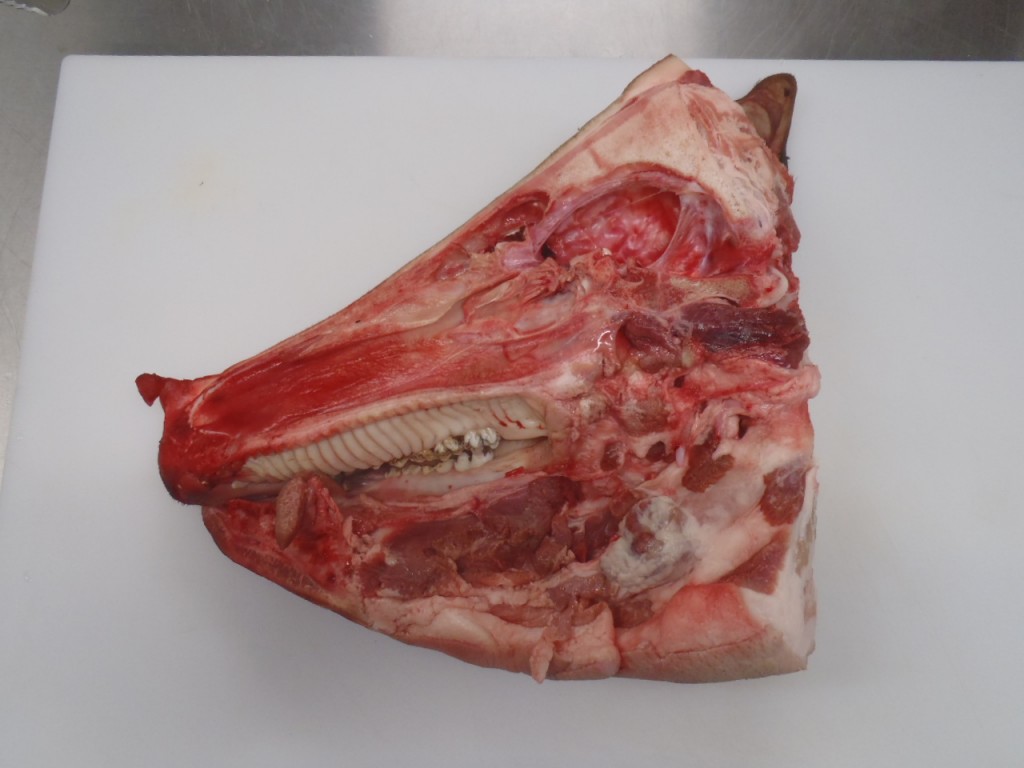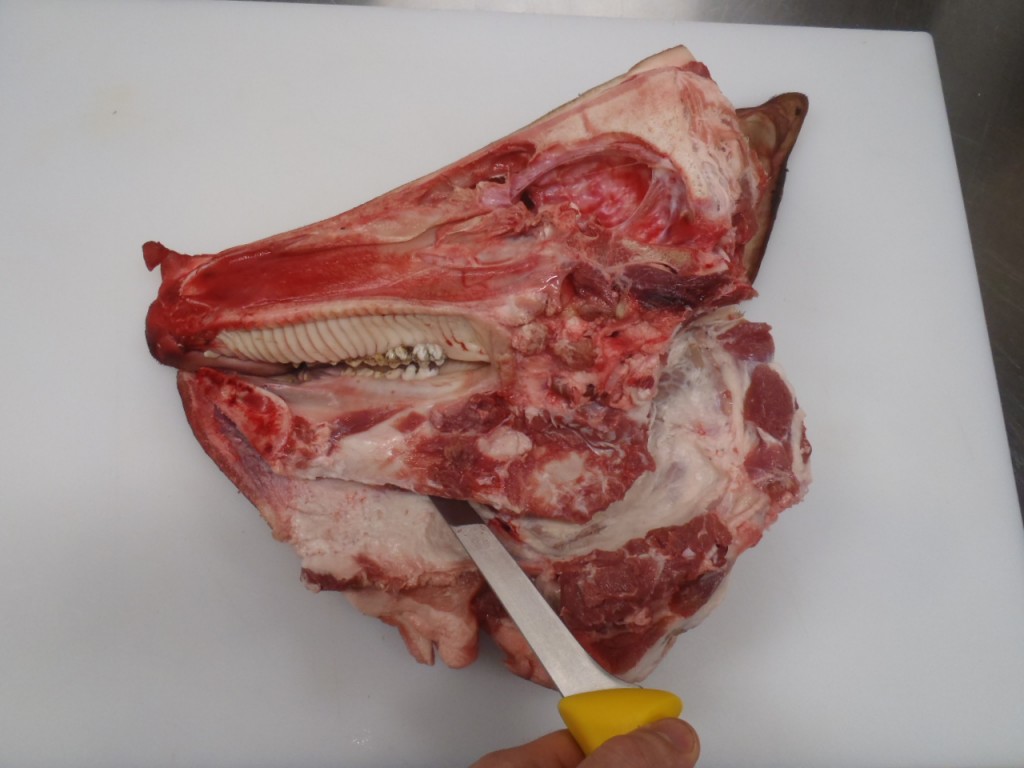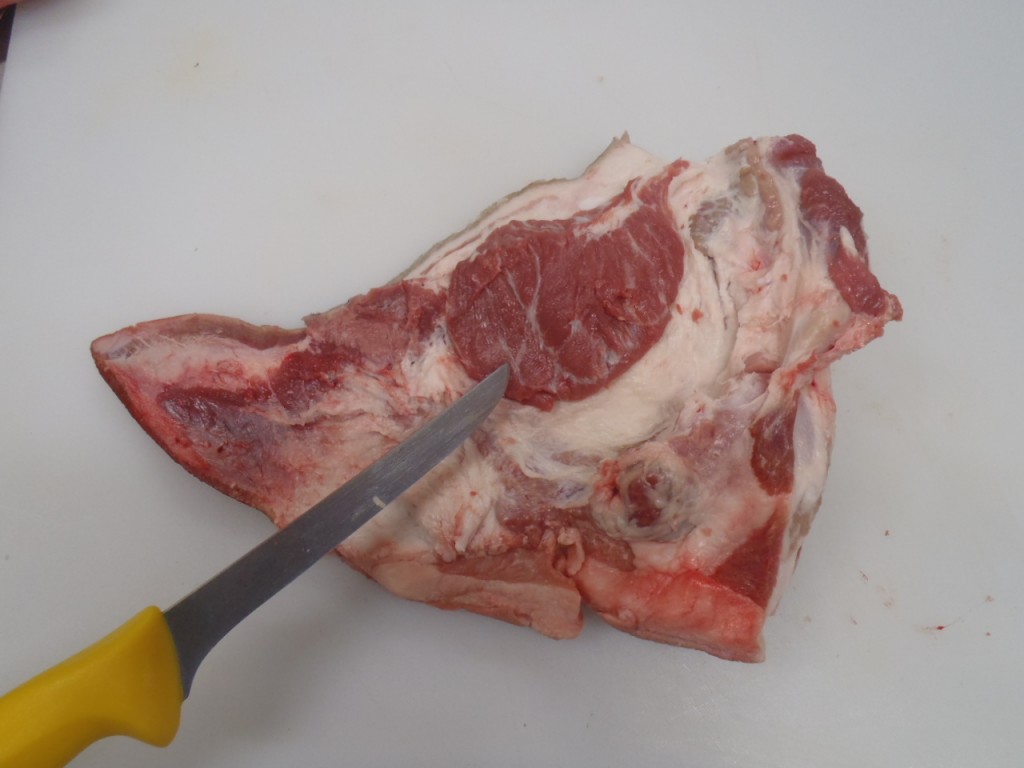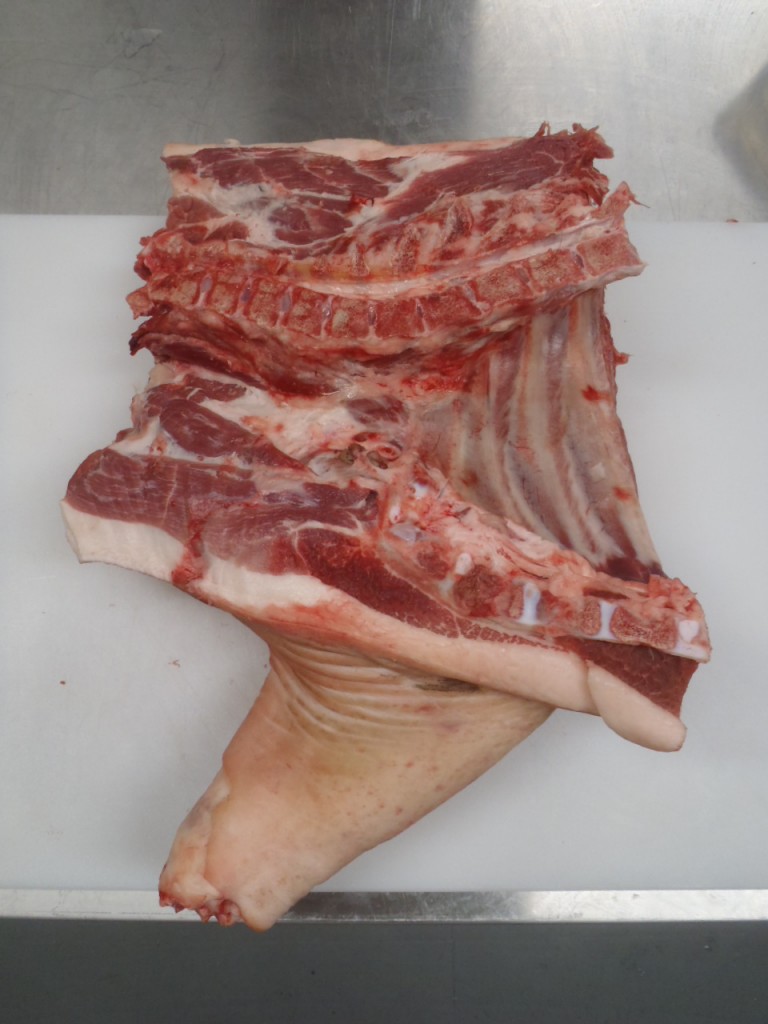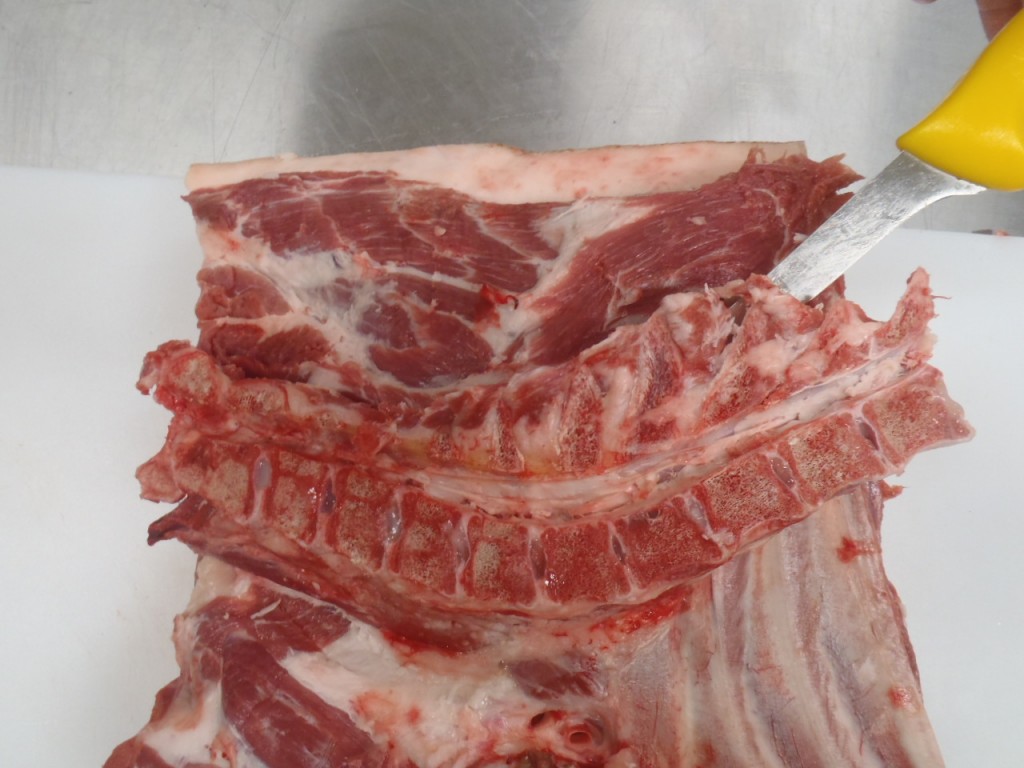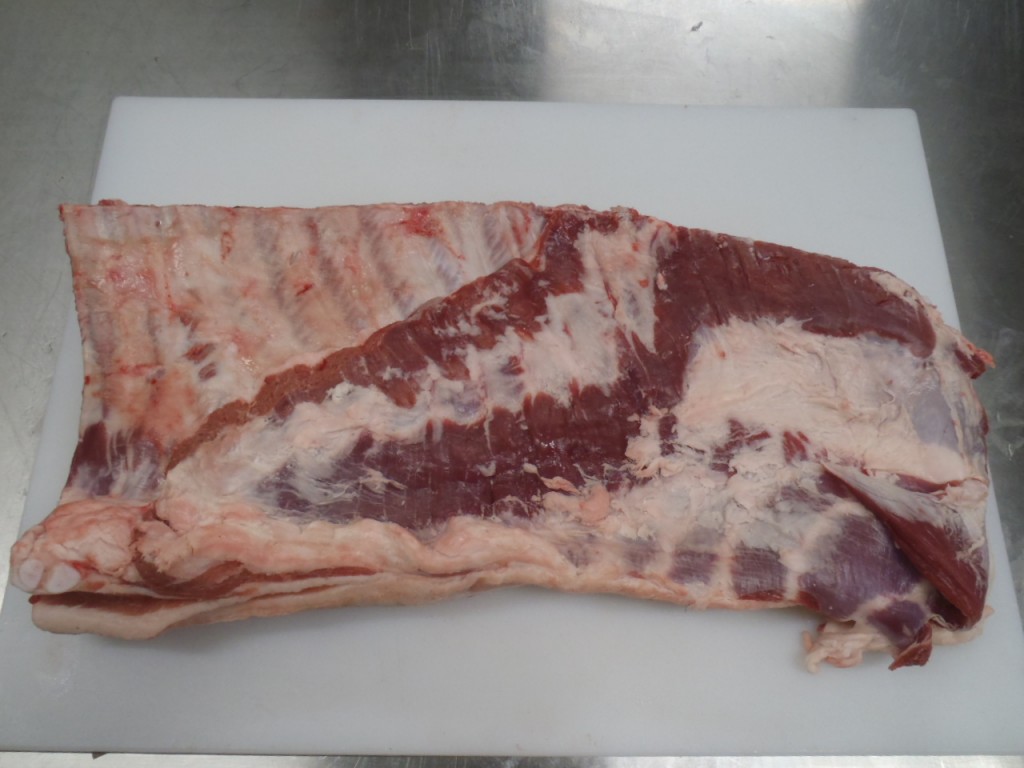I had to doublecheck my calendar: it’s still August, isn’t it?
This past Saturday I stood on my deck, wearing a sweater, tending a barbecue that was puffing applewood smoke into the yard. Within the ‘cue was a cured pork loin. Within the house, on the kitchen counter, was a head of cabbage. Beside it, a jug of cider, weakly alcoholic, tart, sweet, faintly effervescent.
I have high hopes that there will be a few more weeks of heat, and a few more summer storms, but the last few days at my house have felt like fall.
A Fall Dinner, in August
 Part One: Windfall Hard Cider (Lisa’s Special No. 8)
Part One: Windfall Hard Cider (Lisa’s Special No. 8)
The cider was the inspiration, the centre of … Continue reading.


